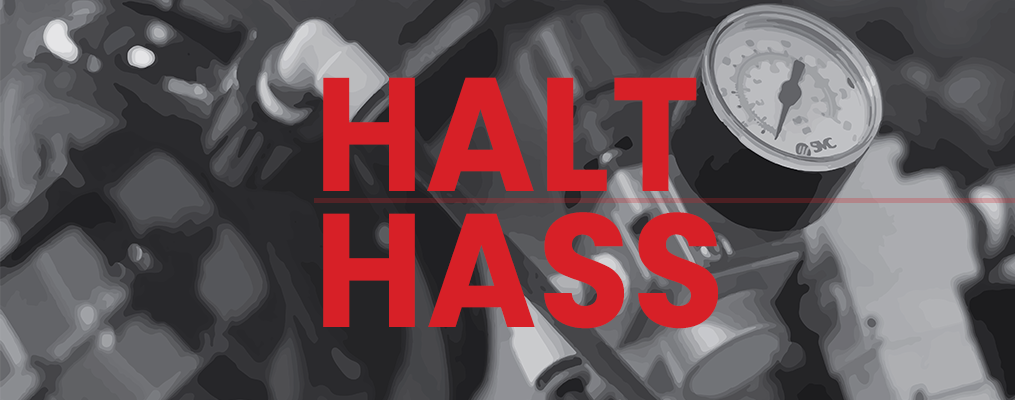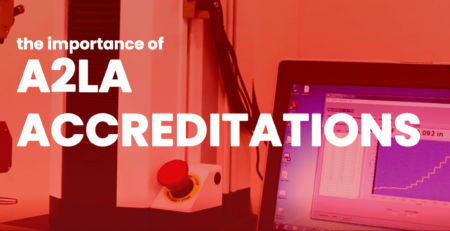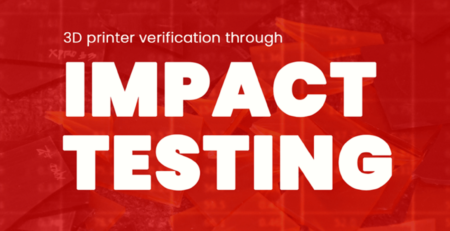Ask The Expert: Why Test For Reliability?
Joel Coffman2023-05-12T09:32:48-05:00This “Bathtub Curve” represents the failure rate throughout a product’s lifetime. Without proper testing and evaluation of your products, they can fault, resulting in a product recall or failure in the field. Quality is infused by finding every flaw in a product and methodically removing each one until the product shines. Only a thorough, comprehensive reliability test program will allow a product to earn an impeccable brand reputation.
Reliability. Everyone wants it, but does every product have it? It’s simple to say that your product is reliable, but where is the evidence? How is the reliability quantified? Reliability engineering is your solution; by discovering potential problems as early as possible you can be confident that your design exceeds its reliability requirements.
Unfortunately, reliability engineering methods and practices tend to be viewed as unnecessary – but they must not be undervalued. “We don’t need this reliability stuff. We’ll just find the problems and fix them,” tends to be the dominant attitude. This often results in poorly-tested, unreliable products being shipped to customers. Historical data can be misleading; even a minor change in detail could have extensive effects on reliability – and your bottom line. A focus on reliability at every level will maximize the financial success of your organization, especially when balanced with customer satisfaction, sales, product features and time-to-market.
So now the big question is, “how do you develop and implement reliability?” The reliability of any product can be measured, tracked and improved. A good plan should include three things:
- predictive performance modeling
- rigorous testing
- hard data analysis
Reliability testing may be performed at various levels, such as component, subsystem, and system. Also, many factors must be addressed during testing and operation, including stresses such as temperature, humidity, shock, vibration, or other environmental factors. A reliability specification should consist of three components:
- a specified reliability
- a time associated with the specified reliability
- a desired confidence level.
For example, we could specify that a product should have a 90% reliability at 1,000 hours of operation with a 95% confidence level. In simpler terms, we want to be 95% confident that 90% of the population will survive at least 1,000 hours.
Your reliability testing plan should always include accelerated life testing. An important requirement for designing useful reliability tests is to know exactly how the product is going to be used in its real-world environment, rather than “gut feelings.” The purpose of this is to discover failure modes in the laboratory at a much faster rate by providing a harsher, but nonetheless representative, environment.
In an accelerated life test, the product is expected to fail in the lab just as it would have failed in the field— in less time. Using data gained from the accelerated life test will provide an accurate, predictive model of the normal field life of your product, enabling you to confidently set a realistic warranty.
ARL’s material science experts can make recommendations about alternative materials or construction methods, which will result in a higher rate of success. Finally, reliability engineering requires an interpretation and summarization of the test results. It is very important to ensure we get to the root cause of failures so that design engineering can devise proper corrective actions. Failures are part of the intent of reliability testing; it is from these weaknesses that we measure product strength and help to quantify life.






